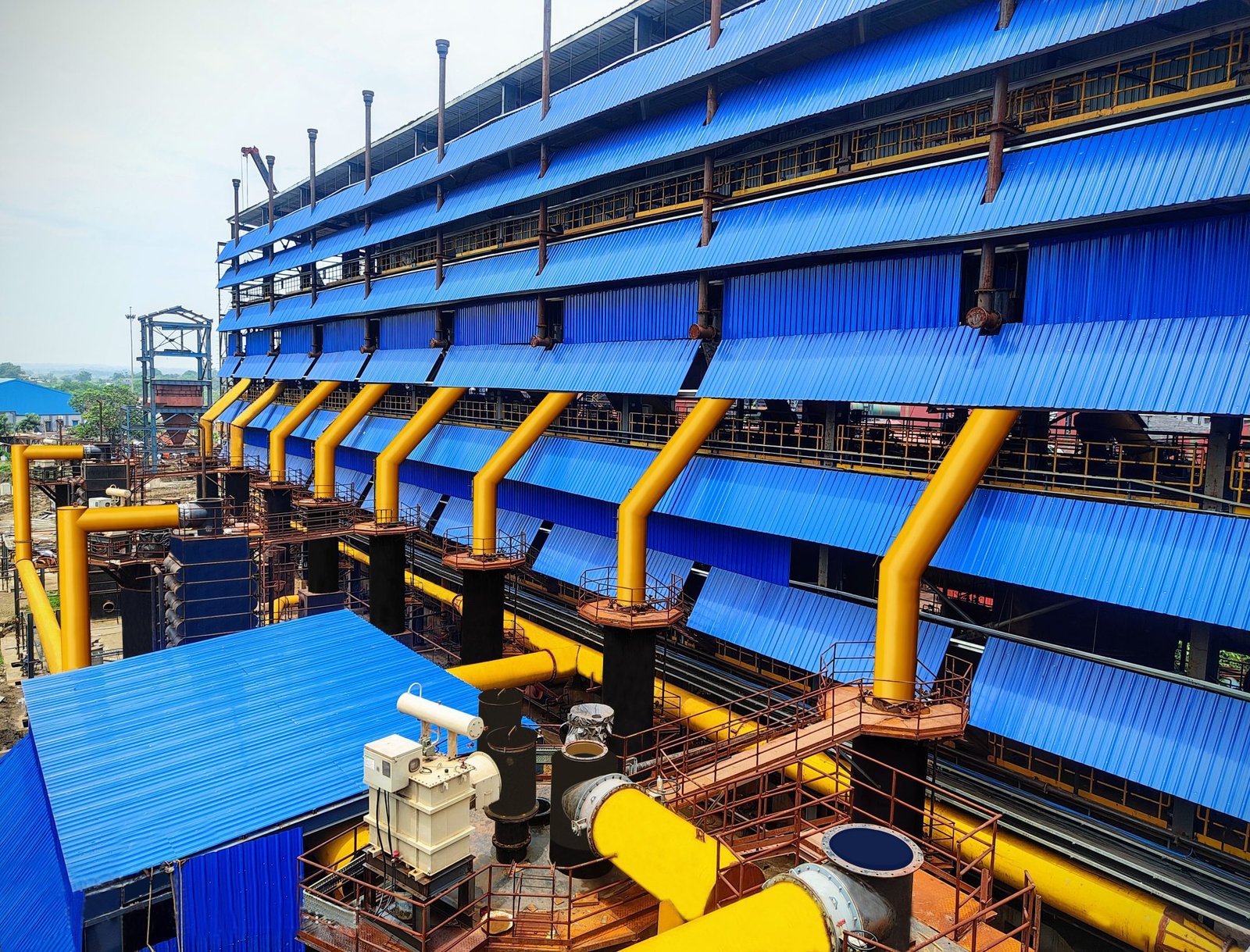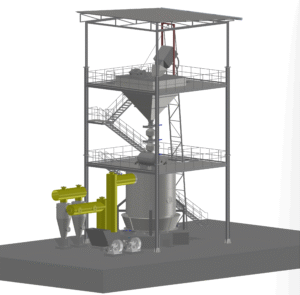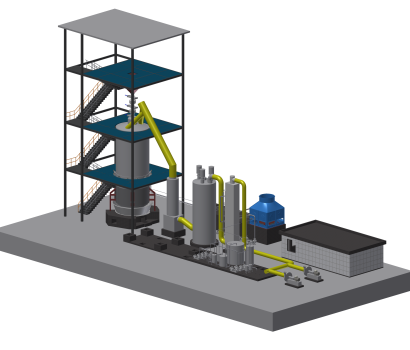Coal Gasification: A Sustainable Path Towards Cleaner Energy

Project Manager
Introduction
We are in a generation where coal usage has become a significant factor in our life.
From industrial to household, we are using coal. But coal usage has its disadvantages
too, gases released from the industries and coal usage can cause serious health
problems and environmental issues. To overcome these issues, the process of
gasification comes into the picture.
Gasification is a thermochemical process that transforms coal into syngas at high
temperature and limited oxygen. This process happens in the gasifier. Through
gasification, we can have syngas that is environmentally friendly, versatile to use in
many ways, have high calorific value and high efficiency
How CASE clean cold gasifier works?
In coal gasification, Coal enters in hearth through conveyor belts, this coal goes through
various processes before utilization in plants. The processes in gasifiers are: Drying,
Pyrolysis, Reduction and Oxidation. In the drying zone, moisture content from gets
extracted from the coal at high temperatures. Ater drying, coal goes into the pyrolysis
zone in which cracking of coal happens in the absence of oxygen. This coal then further
goes into the reduction and oxidation zone which occurs simultaneously. The reactions
happen in these redox zones play a significant role in the ash layer zone. After these
processes, the gasified gas coming from the gasifier goes into the downstream
equipments. The downstream equipments are Tar Washing Tower (TWT), Electrostatic
Tar Precipitator (ESP) and Indirect Cooler (IDC).
Each of the downstream equipment works on
a principle. The TWT works on the principle of seeding. The tar pumps, pumps the tar
and sprays on the gasified gas through the nozzles. TWT reduces the load from the ESP.
The next downstream equipment, i.e. ESP works on the principle of corona discharge.
High DC voltage current passes through the wires, due to their weight the tar particles
get collected in the tar tank after negative and positive attraction. IDC is a type of heat
exchanger, CASE group uses fin tube type heat exchanger; cool water flows through
these tubes, the producer gas enters from the bottom of the IDC flows upwards and
gets cooled. CASE group also ensures that the phenol water collected during
gasification gets treated and reused, making this process Zero Liquid Discharge (ZLD)
technology. After its temperature is reduced, the producer gas goes into the goes into
the compressor. The compressor compresses the gas before it goes into utilization in
plants. The output syngas temperature is below 45˚C.
Nowadays, gasifiers are getting used in various industries including steel industry,
rolling mills, pellets, ceramics, etc. Even the ash residue produced from gasifiers can be
used in brick making.
Gasification is getting more popular now because this approach leads to an
environmentally friendly and sustainable future. This also reduces the reliance of
importing fuels from other countries. The syngas produced from gasification give the
better alternative to use for a sustainable future. These are enough reasons to move
towards the gasification.




